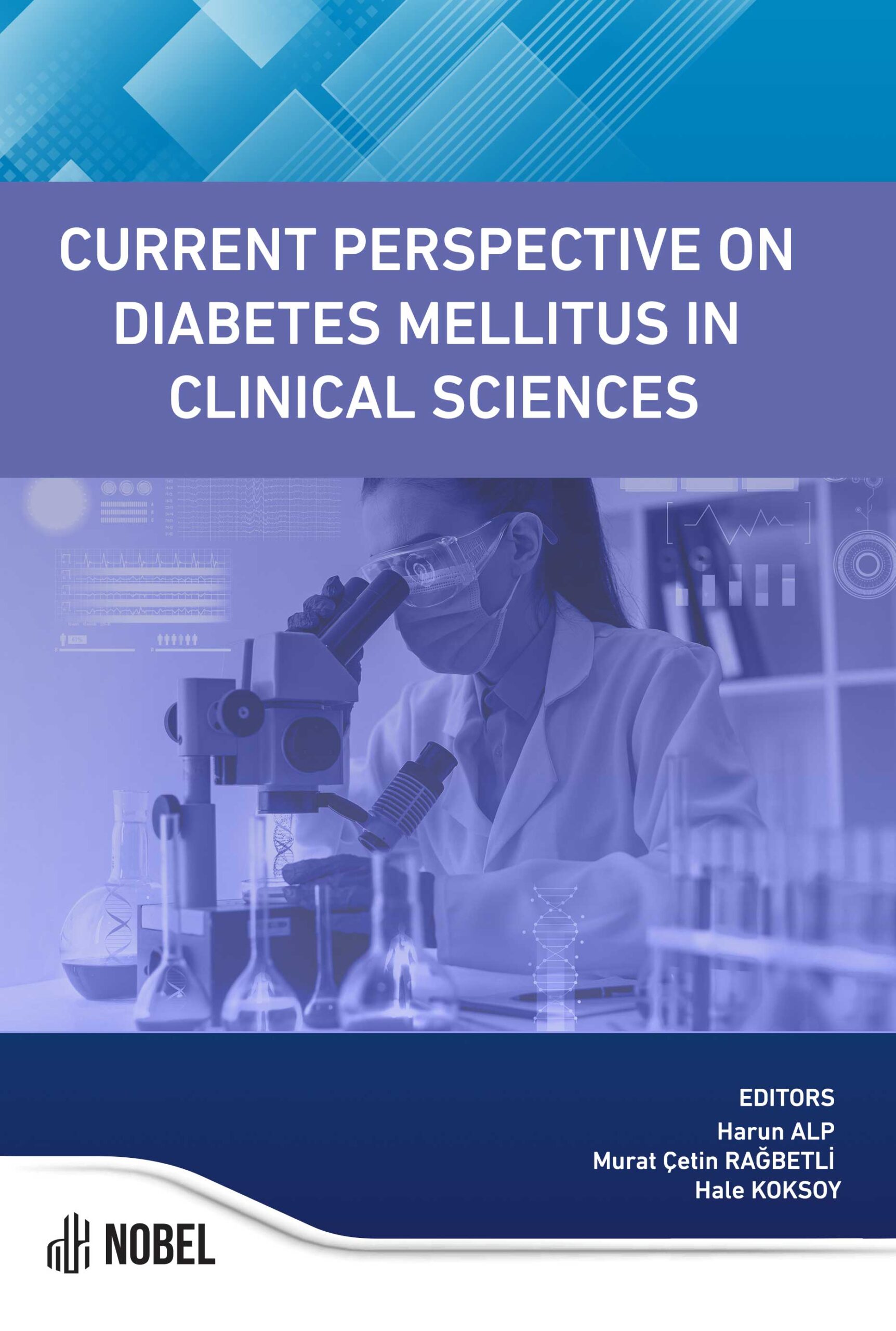Hypoglycemia Diabetes Mellitus Patients Admitted to the Emergency Department
Fulya Kose (Author)
Release Date: 2023-09-14
Hypoglycemia in diabetes mellitus patients presenting to the emergency department (ED) requires rapid assessment and intervention to prevent complications and ensure patient safety. Initial evaluation includes checking vital signs, mental status, and blood glucose levels to confirm hypoglycemia (typically defined as blood glucose
Media Type
PDF
Buy from
Price may vary by retailers
| Work Type | Book Chapter |
|---|---|
| Published in | Current Perspective on Diabetes Mellitus in Clinical Sciences |
| First Page | 211 |
| Last Page | 218 |
| DOI | https://doi.org/10.69860/nobel.9786053359111.19 |
| ISBN | 978-605-335-911-1 (PDF) |
| Language | ENG |
| Page Count | 8 |
| Copyright Holder | Nobel Tıp Kitabevleri |
| License | https://nobelpub.com/publish-with-us/copyright-and-licensing |
Fulya Kose (Author)
Assistant Professor, Karamanoglu Mehmetbey University
https://orcid.org/0000-0003-4101-1630
x
Writing Group for the DCCT/EDIC Research Group, Orchard TJ, Nathan DM, et al. Association between
Cryer PE. The prevention and correction of hypoglycemia. In Handbook of Physiology: A Critical, ComprehensivePresentation of Physiological Knowledge and Concepts. Sec. 7, Vol 2. Jefferson L, Cherrington A, Eds. New York, Oxford University Press, 2001, p. 1057–1092
Cryer P 2008 Glucose homeostasis and hypoglycemia. In: Kronenberg H, Melmed S, Polonsky K, Larsen P, eds. Williams textbook of endocrinology, 11th ed. Philadelphia: Saunders, an imprint of Elsevier, Inc.; 1503 –153
U.K. pr ospective diabetes study 16. Overview of 6 years’ therapy of type II diabetes: a progressive disease. U.K. Prospective Diabetes Study Group [published correction appears in Diabetes 1996 Nov;45(11):1655]. Diabetes. 1995;44(11):1249-1258.
Gill G, Woodward A, Casson I, Weston P 2007 Exploring the ‘dead in bed syndrome’: a real life study of nocturnal hypoglycaemia, QT interval prolongation and cardiac arrhythmia. Diabet Med 24 (Suppl 1):13 (Abstract)
MacCuish AC 1993 Treatment of hypoglycemia. In: Frier BM, Fisher BM, eds. Diabetes and hypoglycemia. London: Edward Arnold; 212 – 221
Slama G, Traynard PY, Desplanque N, et al. The search for an optimized treatment of hypoglycemia. Carbohydrates in tablets, solutin, or gel for the correction of insulin reactions. Arch Intern Med. 1990;150(3):589- 593.
https://fi le.temd.org.tr/Uploads/publications/guides/documents/diabetes-mellitus_2022.pdf
| onix_3.0::thoth | Thoth ONIX 3.0 |
|---|---|
| onix_3.0::project_muse | Project MUSE ONIX 3.0 |
| onix_3.0::oapen | OAPEN ONIX 3.0 |
| onix_3.0::jstor | JSTOR ONIX 3.0 |
| onix_3.0::google_books | Google Books ONIX 3.0 |
| onix_3.0::overdrive | OverDrive ONIX 3.0 |
| onix_2.1::ebsco_host | EBSCO Host ONIX 2.1 |
| csv::thoth | Thoth CSV |
| json::thoth | Thoth JSON |
| kbart::oclc | OCLC KBART |
| bibtex::thoth | Thoth BibTeX |
| doideposit::crossref | CrossRef DOI deposit |
| onix_2.1::proquest_ebrary | ProQuest Ebrary ONIX 2.1 |
| marc21record::thoth | Thoth MARC 21 Record |
| marc21markup::thoth | Thoth MARC 21 Markup |
| marc21xml::thoth | Thoth MARC 21 XML |

